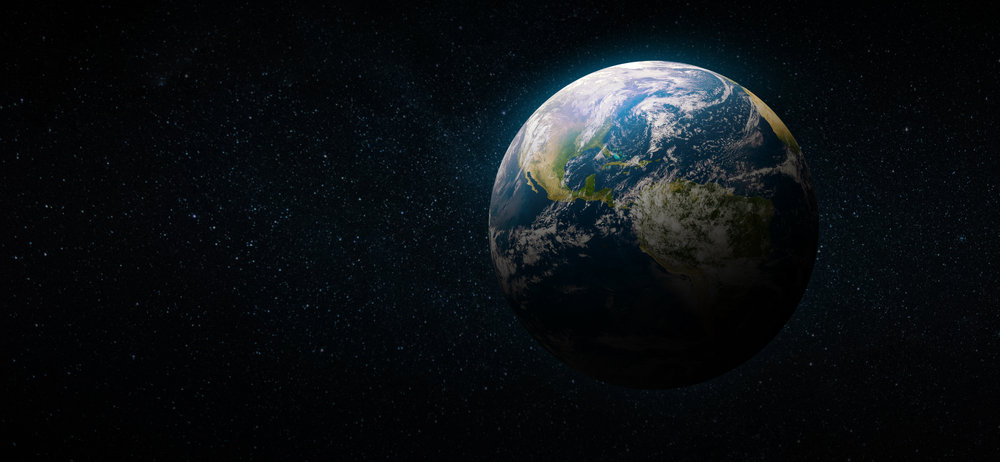As we marvel at the glories of life all around us, it’s easy to forget that the intricate tapestry of existence had humble beginnings.
Billions of years ago, Earth was a barren and hostile place, devoid of the vibrant ecosystems that we now enjoy. However, within this primordial crucible, the seeds of life were sown, starting a journey that would eventually lead to the astounding diversity of species we observe today. In our effort to understand the origins of life, scientists have delved into Earth’s history, pulling together shards of evidence to form fascinating theories. Each explanation, from the electrifying power of lightning to the enticing prospect of extraterrestrial beginnings, provides a tantalizing look into the cryptic start of life on Earth. Join us on a riveting journey into Earth’s ancient past, discovering the mysteries that surround the beginning of life itself.
The spark of life: lightning’s critical role
Scientists have considered a number of intriguing possibilities in their efforts to solve the riddle of life’s beginning. One such hypothesis is based on the catalytic power of lightning. The early Earth’s atmospheric conditions were drastically different from those today, setting the framework for the origin of life. Jim Cleaves, chair of Howard University’s chemistry department and co-author of A Brief History of Creation: Science and the Search for the Origin of Life, discusses the relevance of lightning. He said, “Early Earth’s atmosphere could be very efficient at making organic compounds, which could be the precursor to life.” This idea was put to the test in the famous Miller-Urey experiment, in which simulated lightning zapped a mixture of water, hydrogen, methane, and ammonia, producing amino acids—the building blocks of life—within a week.
Extraterrestrial origins: cosmic seeds of life
Another convincing idea proposes that the building blocks of life arrived on Earth via comets and meteorites. Nobel Prize-winning chemist Jack Szostak emphasizes the importance of these visits, citing their ability to provide chemical components required for life. He says that impact events could temporarily modify the Earth’s atmosphere, creating conditions favorable to the emergence of life. “A moderate-sized impact can create atmospheric hydrogen and methane on a transient basis, allowing for a temporary jolt of compound-creating conditions,” Szostak explained.
Deep sea dwellers: hydrothermal vents or not?
Some believe that life originated in the depths of the Earth’s seas near hydrothermal vents on the seafloor. Others, such as Szostak, question this notion. UV energy from the Sun, which is necessary for fueling key chemical reactions, offers a challenge to life in deep-sea habitats. Instead, Szostak envisions a situation in which life thrives in shallow ponds or hot springs. Cleaves emphasizes the importance of water in early life development, highlighting its role as a stable solvent for chemical interactions.
As scientists continue to investigate the mysterious origins of life, they are presented with an abundance of unresolved questions. Cleaves considers the potential of life forming numerous times before establishing a footing on Earth. “It may really have been a roll of a dice,” he reflects. Despite the uncertainties, one thing is certain: life’s origins were a complicated and convoluted process that unfolded gradually over billions of years. Szostak emphasizes the significance of dissecting this complex problem, breaking it down into smaller, more understandable components.
The origins of early life remain unknown, but with each scientific study, we get closer to uncovering the mysteries of our ancient past.











